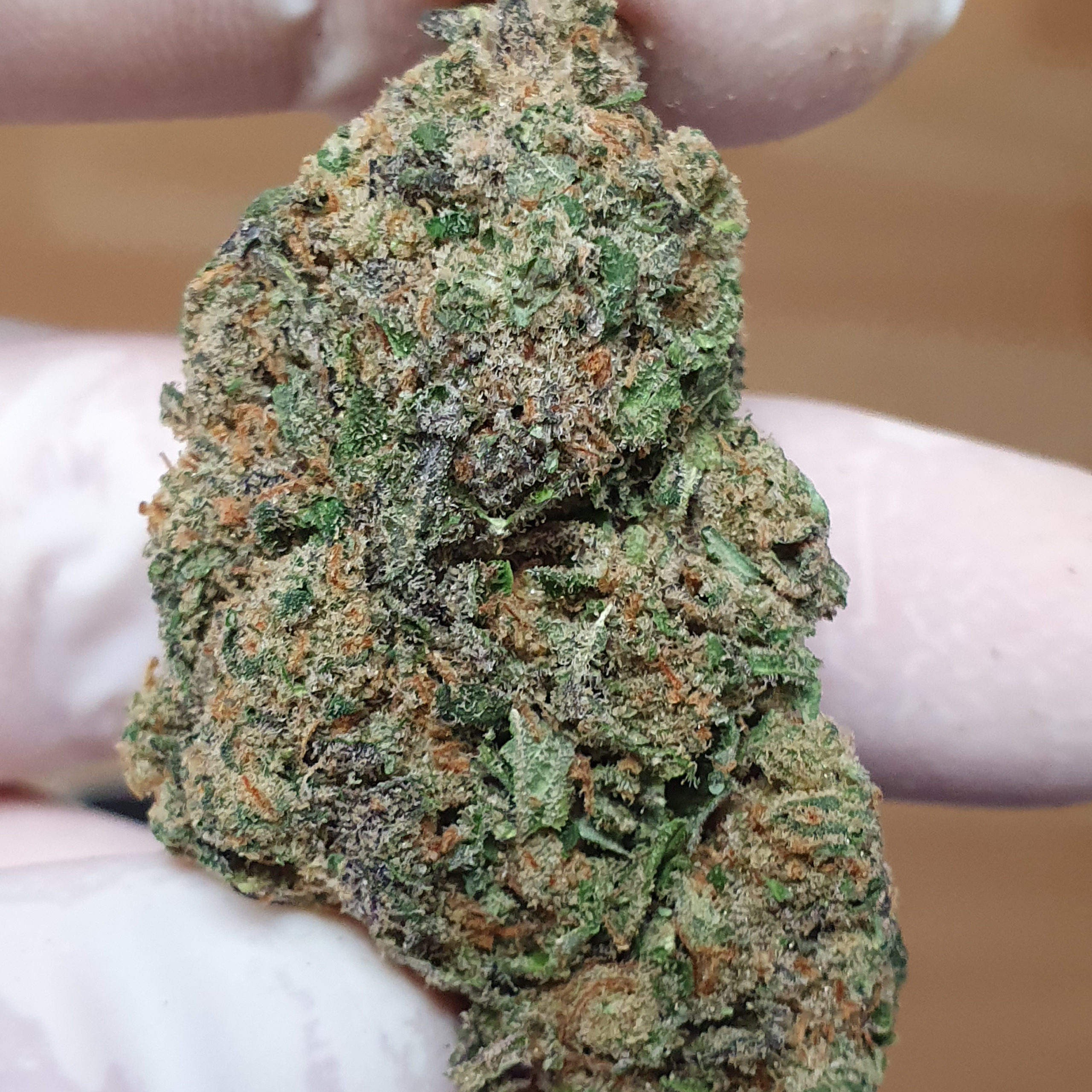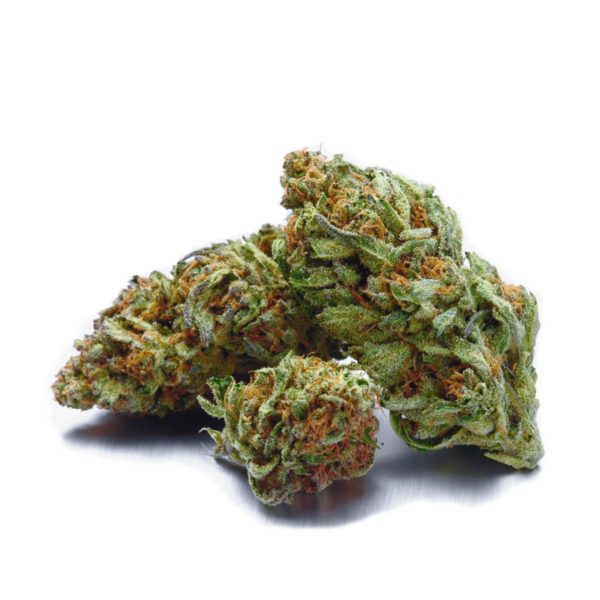All Baobabs are deciduous trees ranging in height from 5 to 20 meters. The Baobab tree is a strange looking tree that grows in low-lying areas in Africa and Australia. It can grow to enormous sizes and carbon dating indicates that they may live to be 3,000 years old.
One ancient hollow Baobab tree in Zimbabwe is so large that up to 40 people can shelter inside its trunk. Various Baobabs have been used as a shop, a prison, a house, a storage barn and a bus shelter. The tree is certainly very different from any other. The trunk is smooth and shiny, not at all like the bark of other trees, and it is pinkish grey or sometimes copper coloured.
When bare of leaves, the spreading branches of the Baobab look like roots sticking up into the air, rather as if it had been planted upside-down. Baobabs are very difficult to kill, they can be burnt, or stripped of their bark, and they will just form new bark and carry on growing. When they do die, they simply rot from the inside and suddenly collapse, leaving a heap of fibres, which makes many people think that they don’t die at all, but simply disappear.
An old Baobab tree can create its own ecosystem, as it supports the life of countless creatures, from the largest of mammals to the thousands of tiny creatures scurrying in and out of its crevices. Birds nest in its branches; baboons devour the fruit; bush babies and fruit bats drink the nectar and pollinate the flowers, and elephants have been known to chop down and consume a whole tree.
A Baby Baobab tree looks very different from its adult form and this is why the Bushmen believe that it doesn’t grow like other trees, but suddenly crashes to the ground with a thump, fully grown, and then one day simply disappears. No wonder they are thought of as magic trees.
Flowers and Fruit
The Baobab tree has large whitish flowers which open at night. The fruit, which grows up to a foot long, contains tartaric acid and vitamin C and can either be sucked, or soaked in water to make a refreshing drink.
They can also be roasted and ground up to make a coffee-like drink. The fruit is not the only part of the Baobab that can be used. The bark is pounded to make rope, mats, baskets, paper and cloth; the leaves can be boiled and eaten, and glue can be made from the pollen.
Uses
Fiber from the bark is used to make rope, baskets, cloth, musical instrument strings, and waterproof hats. While stripping the bark from the lower trunk of most trees usually leads to their death, baobabs not only survive this common practice, but they regenerate new bark.
Fresh baobab leaves provide an edible vegetable similar to spinach which is also used medicinally to treat kidney and bladder disease, asthma, insect bites, and several other maladies. The tasty and nutritious fruits and seeds of several species are sought after, while pollen from the African and Australian baobabs is mixed with water to make glue.
Native legends
Along the Zambezi, the tribes believe that when the world was young the Baobabs were upright and proud. However for some unknown reason, they lorded over the lesser growths.The gods became angry and uprooted the Baobabs , thrusting them back into the ground, root upwards. Evil spirits now haunt the sweet white flowers and anyone who picks one will be killed by a lion.
One gigantic baobab in Zambia is said to be haunted by a ghostly python. Before the white man came, a large python lived in the hollow trunk and was worshipped by the local natives. When they prayed for rain, fine crops and good hunting , the python answered their prayers. The first white hunter shot the python and this event led to disastrous consequences. On still nights the natives claim to hear a continuous hissing sound from the old tree.
In the Kafue National Park in Zambia, one of the largest Baobabs is known as ‘Kondanamwali’ – the tree that eats maidens. This enormous tree fell in love with the four beautiful girls who lived in its shade. When they reached puberty, they sought husbands and made the tree jealous.
One night, during a raging thunderstorm, the tree opened its trunk and took the maidens inside. A rest house had been built in the branches of the tree. On stormy nights, it is the crying of the imprisoned maidens that make people inside tremble – not the sounds of the wild animals.
Along the Limpopo, it is believed that when a young boy is washed in water used to soak baobab bark, he will grow up into a big man. Some native beliefs have proven to have a scientific basis. Natives believe that women living in kraals where baobabs are plentiful have more children than those living outside baobab zones. They eat soup made from baobab leaves, which is rich in vitamins. This compensates for any deficiency in their diet. Doctors have confirmed that this indeed brings about a higher fertility rate.
The African bushman has a legend that tells of the god Thora. He took a dislike to the Baobab growing in his garden, so he threw it out over the wall of Paradise on to Earth below, and although the tree landed upside-down it continued to grow. It is not surprising that such a strange looking tree should have superstitions linked to it.
Some people believe that if you pick a flower from a Baobab tree you will be eaten by a lion, but if you drink water in which a Baobab’s seeds have been soaked you will be safe from crocodile attack. Certain tribes in the Transvaal wash baby boys in water soaked in the bark of a baobab. Then, like the tree, they will grow up mighty and strong.
Where they are found
Baobabs are widely distributed in belts across Africa. They also grow in Madagascar, India, Ceylon and Australia. They grow in many areas of Zimbabwe. In the Northern Province they are found between the Limpopo and the Zoutpansberg range. Messina is indeed a Baobab town. There is a famous `halfway Baobab’ between Louis Trichardt and Messina, a reservoir from which many have drawn. Baobabs seem to prefer hot,sandy plains.
Latin name :
Adansonia digitata.

Un avis consommateur, ou avis client, désigne un élément d’appréciations et commentaires donnés par les acheteurs sur un produit ou un service, que ce soit sur un critère particulier ou la globalité de l’offre. Ces opinions reflètent le niveau de satisfaction de la clientèle.
Vous pouvez consulter les avis clients du site du laboratoire Biologiquement en suivant ce lien : avis biologiquement.shop
C’est la note que nos clients nous donne actuellement. Merci pour votre confiance !










